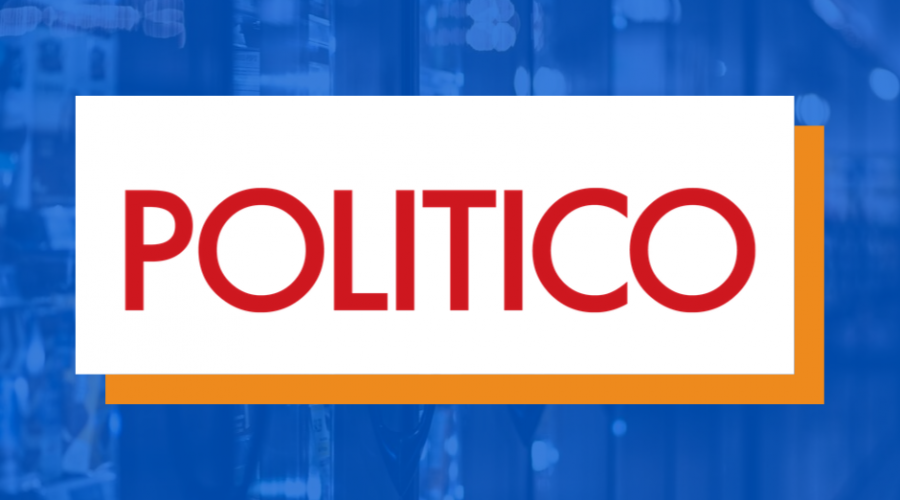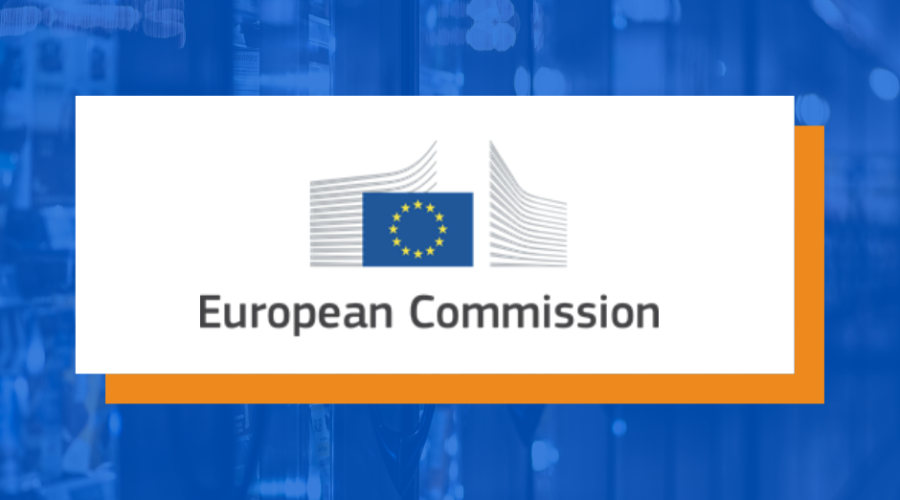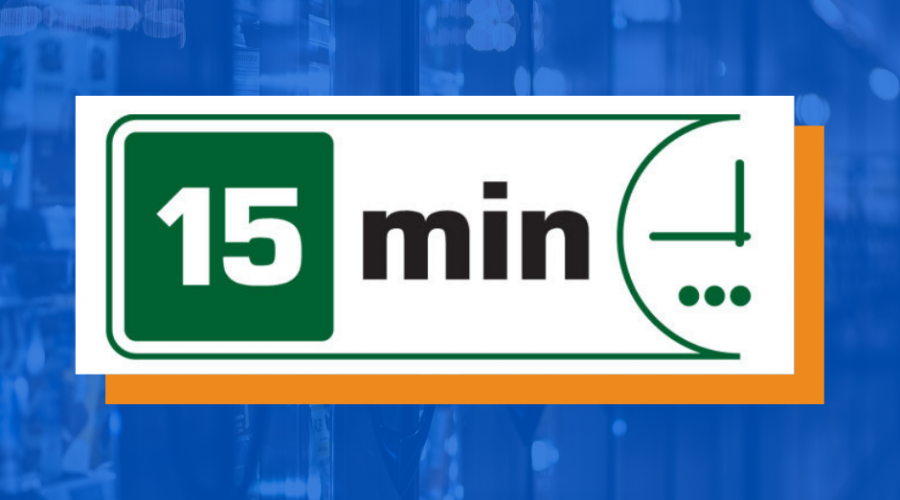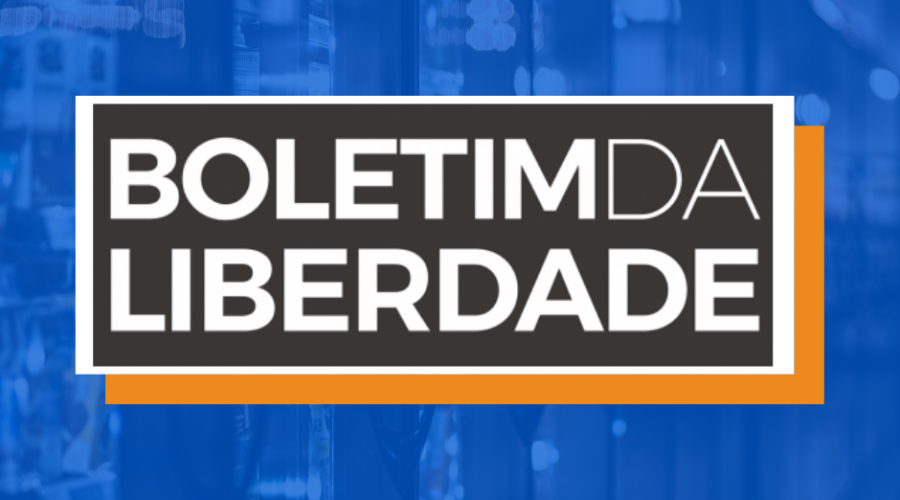Trump’s Medicare executive order
CONSERVATIVE GROUPS SEND LETTER ON VAPING — A coalition of 25 conservative groups is urging Trump to keep flavored e-cigarettes on the market, arguing the products are “essential to the success of vaping as an alternative to cigarette use long-term.”
Groups such as Americans for Tax Reform, Consumer Choice Center and FreedomWorks argued the administration’s envisioned flavored vape ban would go against the White House’s deregulatory agenda and “destroy thousands of small businesses.” This comes as the White House abruptly organized, and then canceled, a meeting with conservative groups over vaping, which it said at the time would be rescheduled.
Read the article from POLITICO here.
For more facts on vaping, read our research on the Myths and Facts on Vaping: What Policymakers Should Know
The Consumer Choice Center is the consumer advocacy group supporting lifestyle freedom, innovation, privacy, science, and consumer choice. The main policy areas we focus on are digital, mobility, lifestyle & consumer goods, and health & science.
The CCC represents consumers in over 100 countries across the globe. We closely monitor regulatory trends in Ottawa, Washington, Brussels, Geneva and other hotspots of regulation and inform and activate consumers to fight for #ConsumerChoice. Learn more at consumerchoicecenter.org











